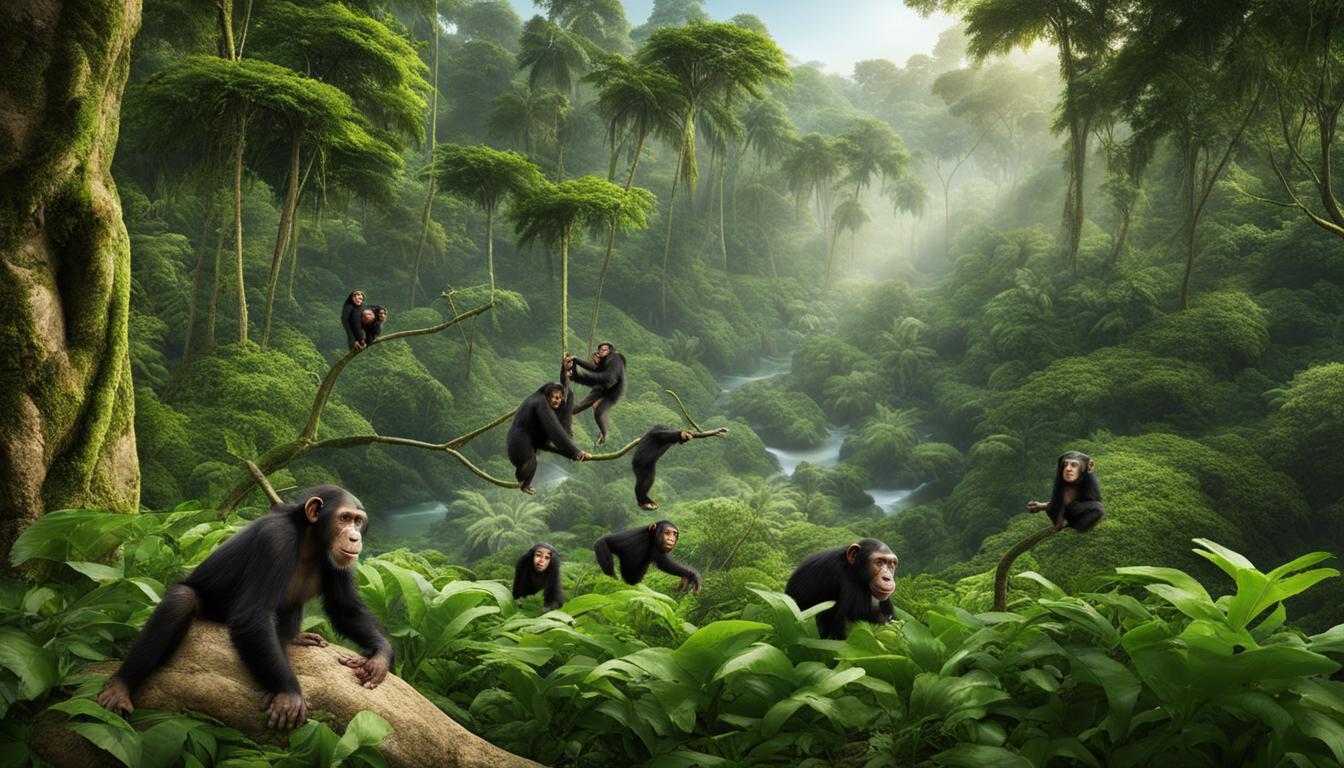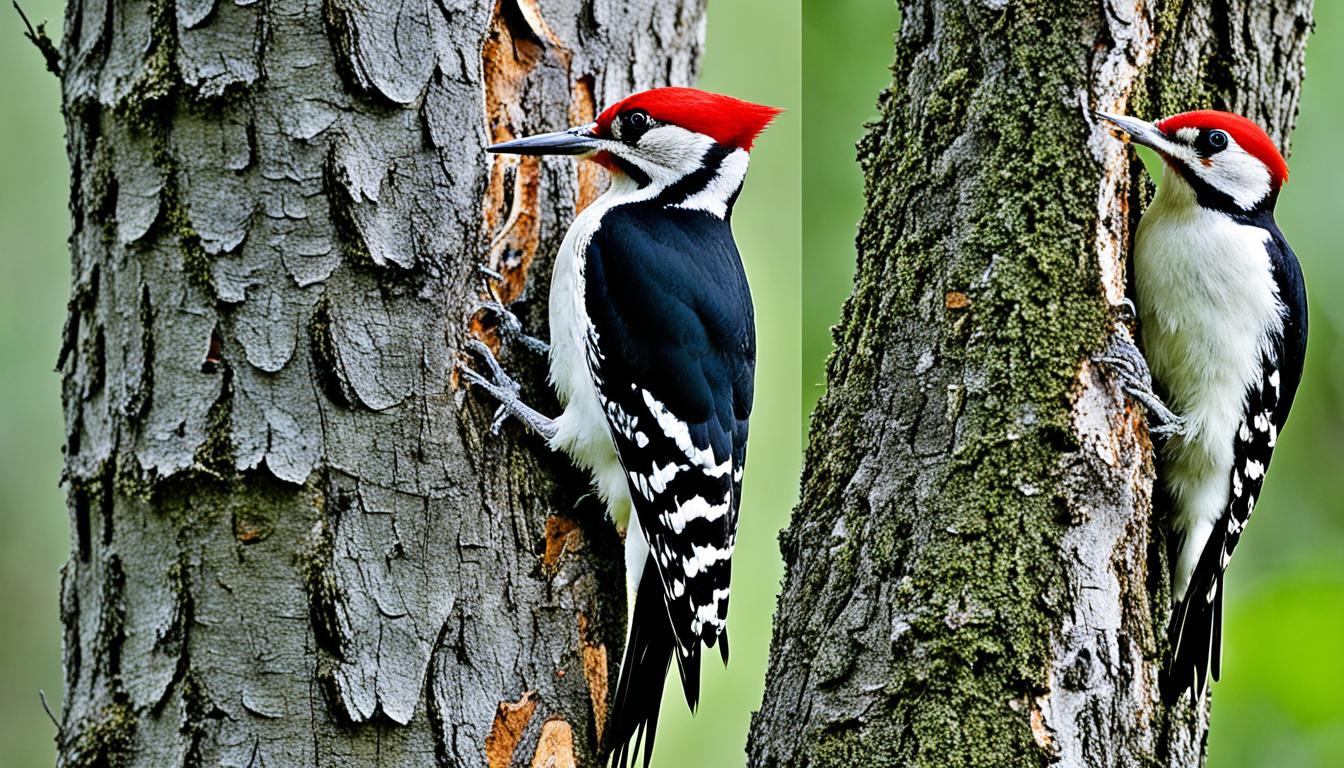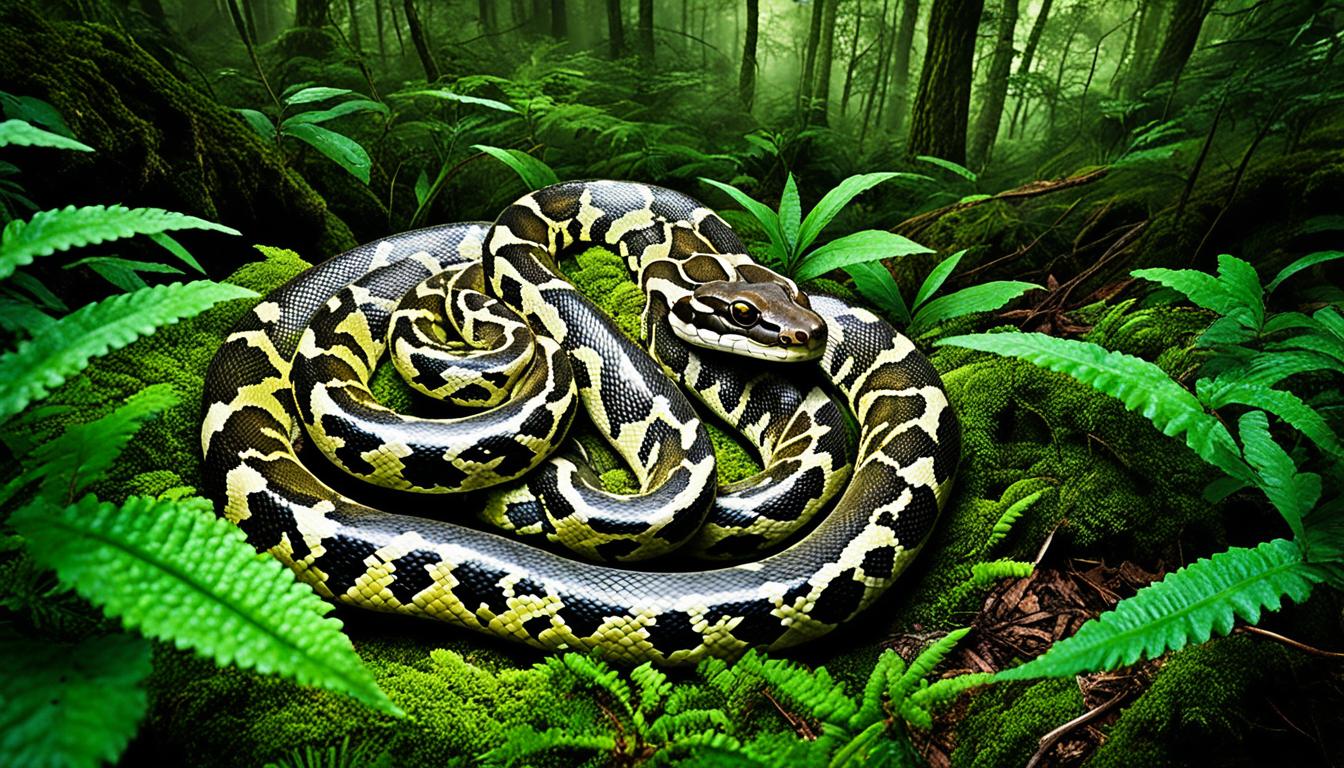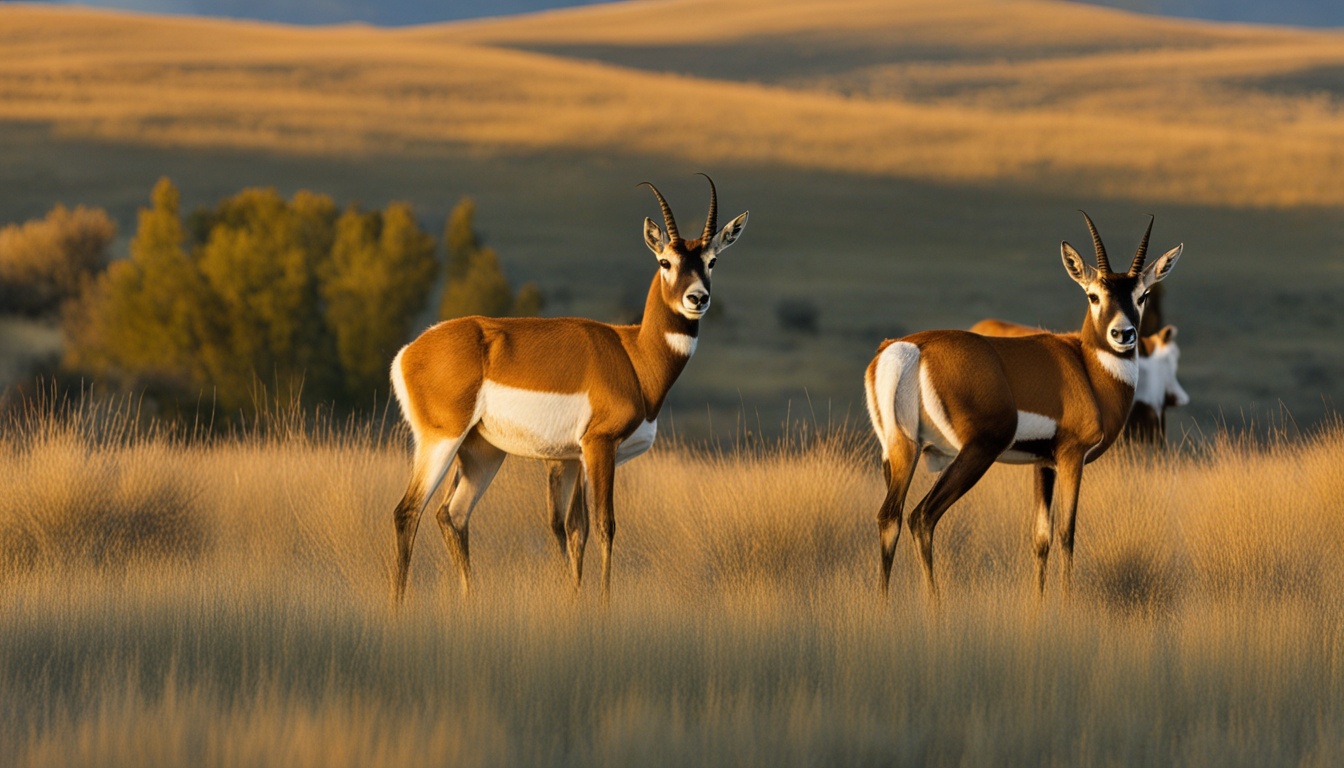Chimpanzees are fascinating creatures that share about 98 percent of their genes with humans, making them one of our closest relatives. These great apes can be found in various habitats, including rainforests, savannahs, and woodlands. They are divided into four subpopulations: the western chimp, the Nigeria-Cameroon chimp, the central chimp, and the eastern chimp.
Chimpanzees have thickset bodies with short legs, opposable thumbs, and long arms that are 1.5 times their height. Their bodies are covered with long black hair, except for their face, ears, fingers, and toes, which are bare. It’s estimated that there are between 170,000 and 300,000 chimpanzees in the world.
Challenges Faced by Chimpanzees
Chimpanzees, our close relatives, face numerous challenges in their natural habitat that threaten their survival. One of the most significant challenges is habitat destruction caused by human activities such as deforestation and agriculture. Increasing human population and urbanization lead to encroachment on chimpanzee habitats, resulting in the loss of their natural homes.
This destruction of their habitats reduces the availability of food and resources for chimpanzees, leading to a decline in their population. Moreover, chimpanzees are vulnerable to poaching for bushmeat and the illegal pet trade, further contributing to their endangerment.
Conservation efforts play a crucial role in protecting chimpanzees and their habitats. By promoting primate conservation, we can work towards preserving their natural environment and ensuring their survival for future generations. Our collective efforts must focus on preserving and restoring chimpanzee habitats, as well as raising awareness about the importance of biodiversity preservation.
“The challenges faced by chimpanzees highlight the urgent need for primate conservation and habitat preservation. By protecting their habitats and raising awareness, we can contribute to the protection of these incredible creatures and the preservation of the world’s natural biodiversity.”
To tackle these challenges effectively, collaboration between governments, NGOs, and local communities is crucial. Together, we can establish protected areas and national parks that serve as safe havens for chimpanzees and other wildlife. Additionally, community engagement and education initiatives can promote sustainable practices and reduce human impact on chimpanzee habitats.
| Challenges Faced by Chimpanzees | Impact on Chimpanzees |
|---|---|
| Habitat Destruction | Reduces availability of food and resources |
| Poaching | Threatens population through bushmeat trade and illegal pet trade |
| Lack of Awareness | Diminishes support for conservation efforts |
Addressing these challenges and implementing effective conservation strategies are essential for the long-term survival of chimpanzees as an endangered species. By working together, we can make a positive impact and ensure a future where chimpanzees thrive in their natural habitats.
Solutions for Chimpanzee Conservation
Primate conservation organizations play a crucial role in protecting the endangered chimpanzees. They focus on promoting habitat preservation and restoration, recognizing the significance of rainforest ecosystems in supporting wildlife populations. By raising awareness about the importance of chimpanzees in maintaining biodiversity, these organizations aim to garner support for conservation efforts.
One of the key strategies employed by primate conservation organizations is community engagement. By involving local communities in conservation initiatives, they emphasize the value of sustainable practices to reduce human impact on chimpanzee habitats. Through education and awareness programs, they empower individuals to make informed choices that benefit both the environment and wildlife.
Another important aspect of chimpanzee conservation is the establishment of protected areas and national parks. These designated spaces provide a safe haven for chimpanzees and other wildlife, allowing them to thrive without human interference. Furthermore, collaborations between governments, non-governmental organizations (NGOs), and local communities are essential for the long-term success of chimpanzee conservation. By working together, these stakeholders can develop comprehensive strategies and sustainable policies to protect the natural habitats of chimpanzees.
Conservation Efforts in Action
“Primate conservation organizations work tirelessly to protect chimpanzees and their habitats. Through our collaborative efforts, we have been able to restore degraded rainforest areas, providing chimpanzees with a home where they can continue to flourish. By involving local communities, we have witnessed a positive change in attitudes towards wildlife conservation, ensuring a better future for both humans and chimpanzees.”
The table below summarizes the key solutions implemented for chimpanzee conservation:
| Solution | Description |
|---|---|
| Habitat Preservation | Primate conservation organizations work towards preserving and restoring rainforest ecosystems, recognizing their importance for chimpanzees and overall biodiversity. |
| Community Engagement | By involving local communities in conservation efforts, organizations promote sustainable practices and raise awareness about the value of chimpanzees in maintaining ecosystem balance. |
| Protected Areas | Establishment of protected areas and national parks provides a safe sanctuary for chimpanzees, ensuring their protection and enabling research and monitoring. |
| Collaborations | Partnerships between governments, NGOs, and local communities are vital for the long-term success of chimpanzee conservation, allowing for shared resources and expertise. |
Through these combined efforts, primate conservation organizations are working towards securing the future of chimpanzees and preserving the delicate balance of rainforest ecosystems.

Behaviors and Diet of Chimpanzees
Chimpanzees, our closest relatives with about 98 percent shared genes, exhibit fascinating behaviors and have a diverse diet in their natural habitats. Living in communities ranging from 15 to 150 members, chimpanzees have a strict male-dominated hierarchy, showcasing complex social structures.
One remarkable behavior of chimpanzees is their ability to use tools. They modify sticks, rocks, grass, and even leaves for various purposes. These resourceful apes use tools for hunting, acquiring honey, and cracking nuts. Such ingenuity and adaptability highlight their intelligence and problem-solving skills.
When it comes to diet, chimpanzees are omnivorous, consuming a wide variety of foods. Their diet consists of fruits, leaves, seeds, flowers, and insects. Occasionally, they supplement their diet with small mammals. Chimpanzees have been known to use unique hunting techniques, such as spearing small mammals with sharpened sticks, showcasing their resourcefulness and adaptability in acquiring food.
Behaviors and Diet of Chimpanzees
Chimpanzees, our closest relatives with about 98 percent shared genes, exhibit fascinating behaviors and have a diverse diet in their natural habitats. Living in communities ranging from 15 to 150 members, chimpanzees have a strict male-dominated hierarchy, showcasing complex social structures.
One remarkable behavior of chimpanzees is their ability to use tools. They modify sticks, rocks, grass, and even leaves for various purposes. These resourceful apes use tools for hunting, acquiring honey, and cracking nuts. Such ingenuity and adaptability highlight their intelligence and problem-solving skills.
When it comes to diet, chimpanzees are omnivorous, consuming a wide variety of foods. Their diet consists of fruits, leaves, seeds, flowers, and insects. Occasionally, they supplement their diet with small mammals. Chimpanzees have been known to use unique hunting techniques, such as spearing small mammals with sharpened sticks, showcasing their resourcefulness and adaptability in acquiring food.
| Behaviors | Diet |
|---|---|
| Use of tools | Fruits |
| Complex social structures | Leaves |
| Male-dominated hierarchy | Seeds |
| Ingenuity and adaptability | Flowers |
| Problem-solving skills | Insects |
| Occasional small mammals |
Chimpanzees, our closest relatives with about 98 percent shared genes, exhibit fascinating behaviors and have a diverse diet in their natural habitats. Living in communities ranging from 15 to 150 members, chimpanzees have a strict male-dominated hierarchy, showcasing complex social structures. One remarkable behavior of chimpanzees is their ability to use tools. They modify sticks, rocks, grass, and even leaves for various purposes. These resourceful apes use tools for hunting, acquiring honey, and cracking nuts. Such ingenuity and adaptability highlight their intelligence and problem-solving skills.
When it comes to diet, chimpanzees are omnivorous, consuming a wide variety of foods. Their diet consists of fruits, leaves, seeds, flowers, and insects. Occasionally, they supplement their diet with small mammals. Chimpanzees have been known to use unique hunting techniques, such as spearing small mammals with sharpened sticks, showcasing their resourcefulness and adaptability in acquiring food.
Behaviors and Diet of Chimpanzees
Chimpanzees, our closest relatives with about 98 percent shared genes, exhibit fascinating behaviors and have a diverse diet in their natural habitats. Living in communities ranging from 15 to 150 members, chimpanzees have a strict male-dominated hierarchy, showcasing complex social structures. One remarkable behavior of chimpanzees is their ability to use tools. They modify sticks, rocks, grass, and even leaves for various purposes. These resourceful apes use tools for hunting, acquiring honey, and cracking nuts. Such ingenuity and adaptability highlight their intelligence and problem-solving skills.
When it comes to diet, chimpanzees are omnivorous, consuming a wide variety of foods. Their diet consists of fruits, leaves, seeds, flowers, and insects. Occasionally, they supplement their diet with small mammals. Chimpanzees have been known to use unique hunting techniques, such as spearing small mammals with sharpened sticks, showcasing their resourcefulness and adaptability in acquiring food.
| Behaviors | Diet |
|---|---|
| Use of tools | Fruits |
| Complex social structures | Leaves |
| Male-dominated hierarchy | Seeds |
| Ingenuity and adaptability | Flowers |
| Problem-solving skills | Insects |
| Occasional small mammals |
Conclusion
Chimpanzees are incredible creatures that can be found in various habitats throughout tropical Africa. However, they face numerous challenges that threaten their survival as an endangered species. The destruction of their natural habitat due to human activities, such as deforestation and agriculture, has greatly impacted their population.
Primate conservation efforts play a crucial role in protecting chimpanzees and their habitats. By promoting forest conservation and raising awareness about the importance of chimpanzees in maintaining biodiversity, we can contribute to their preservation. It is essential to engage communities, educate individuals, and promote sustainable practices to reduce human impact on chimpanzee habitats.
The establishment of protected areas, national parks, and collaborations between organizations, governments, and local communities are vital for the long-term survival of chimpanzees. Together, we can ensure that future generations can continue to marvel at these fascinating creatures and the beauty of our natural world.
What are the natural habitats of chimpanzees?
Chimpanzees in the wild primarily inhabit tropical rainforests, woodlands, and savannas in central and West Africa. They rely on these natural habitats for food, shelter, and social interactions. The diverse environments provide them with the necessary resources to thrive and survive.
FAQ
Where can chimpanzees be found in the wild?
Chimpanzees can be found in various habitats in tropical Africa, including rainforests, savannahs, and woodlands.
What challenges do chimpanzees face?
Chimpanzees face challenges such as habitat destruction due to human activities like deforestation and agriculture. They are also vulnerable to poaching for bushmeat and the illegal pet trade.
How can chimpanzees be protected?
Conservation efforts focused on habitat preservation, raising awareness, and community engagement play a crucial role in protecting chimpanzees. Collaboration between governments, NGOs, and local communities is important for long-term success.
What are the behaviors and diet of chimpanzees?
Chimpanzees are highly intelligent and exhibit complex social behaviors. They live in communities with a male-dominated hierarchy and use tools for various purposes. Their diet consists of fruits, leaves, seeds, flowers, insects, and occasionally small mammals.
Why is chimpanzee conservation important?
Chimpanzees are an endangered species facing habitat loss and poaching. By preserving their natural environment and raising awareness, we can contribute to their protection and the preservation of biodiversity.











